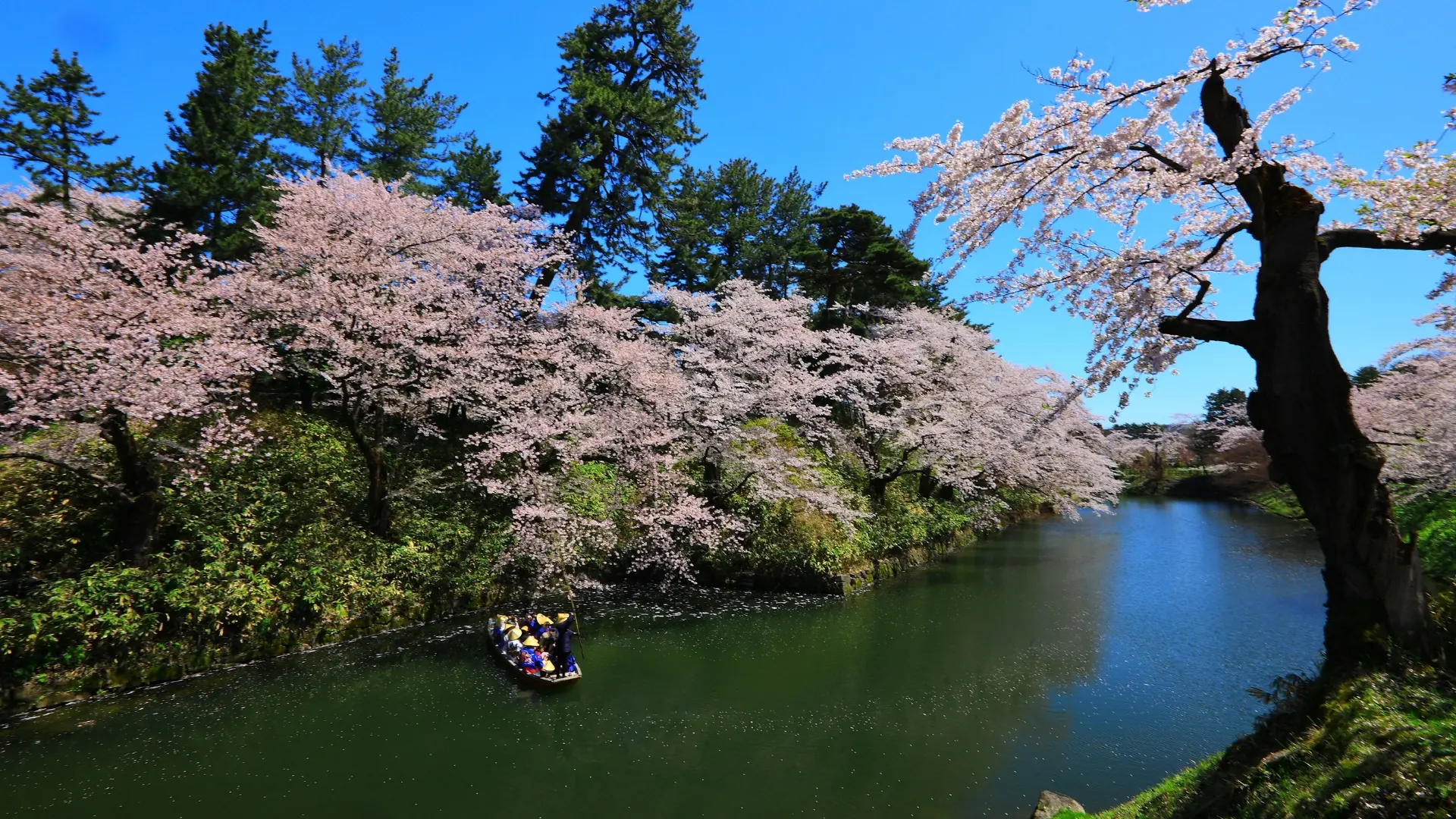

Aomori
青森県
Where is Aomori?
Aomori Prefecture sits at the very northern tip of Japan’s main island, Honshu. It faces Hokkaido (the Hakodate area) across the Tsugaru Strait, with the Sea of Japan to the west and the Pacific Ocean to the east—so it’s bordered by water on three sides. To the south it neighbors Akita and Iwate. In the north, the Tsugaru and Shimokita peninsulas jut out like a pair of tongs, enclosing Mutsu Bay. The capital is Aomori City, and Hachinohe is the main Pacific-side city. On the map it’s about 700 km (≈435 miles) north of Tokyo, at the top of the Tohoku region, and it’s directly connected to Tokyo by the Tohoku Shinkansen. The Hakkoda Mountains rise through the center, and winters are cold with heavy snowfall. Its latitude is roughly the same as New York, which helps you picture how far north it is. Aomori links to Hokkaido via the undersea Seikan Tunnel and by car ferries from Aomori and Hachinohe ports, serving as a gateway between Honshu and Hokkaido. People often speak of a western “Tsugaru” area and an eastern “Nanbu” area—reflecting the Japan Sea and Pacific sides—so climate and scenery differ between them.
Specialty Products of Aomori
Aomori is Japan’s leading apple-growing region, and its seas yield rich seafood like Mutsu Bay scallops and Ōma bluefin tuna. Cool-climate crops such as garlic and nagaimo thrive here. Crafts born of snowy life—Tsugaru lacquer, glass, and kogin embroidery—are still lovingly made today.
Food
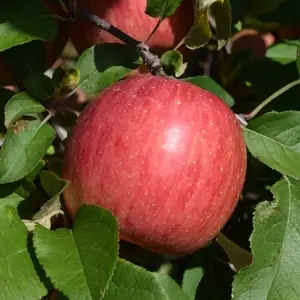
Apples
Japan’s top-producing region. Balanced sweet–tart flavor with many varieties. Excellent fresh, and wonderfully fragrant in juice or pies.
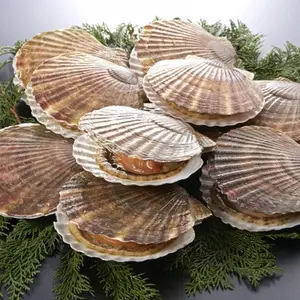
Mutsu Bay Scallops
Cold waters yield thick, plump meat. The adductor muscle is notably sweet; great as sashimi, sautéed in butter, or fried.
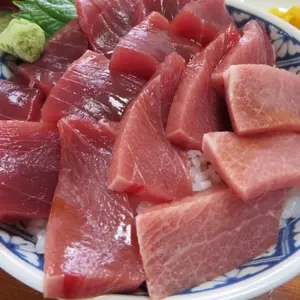
Oma Bluefin Tuna
A prize from waters where the Kuroshio and Oyashio currents meet. Rich marbling and deep flavor—top tier for sushi and sashimi.
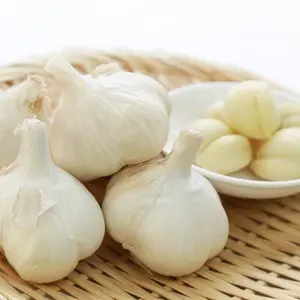
Garlic
Large, aromatic cloves nurtured by sharp day–night temperature swings. Stands out in stir-fries, pastes, or whole-roasted.
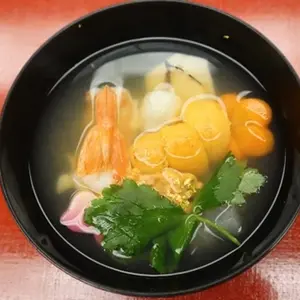
Ichigoni
A clear, salty soup of sea urchin and abalone. Its name—“looks like wild strawberries”—comes from the way the orange uni peeks through the steaming broth at dawn.
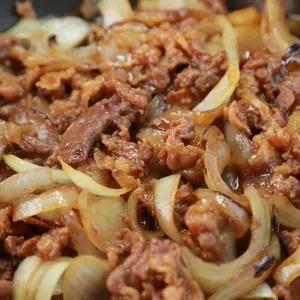
Towada Barayaki
Beef short plate and lots of onions seared on a hot iron plate with a sweet-savory sauce. A hearty “B-grade gourmet” favorite that pairs perfectly with rice—or beer.
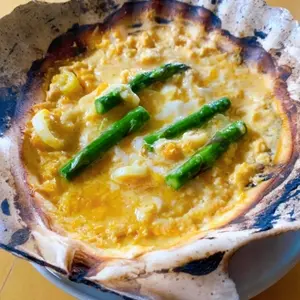
Kaiyaki Miso
A fisherman’s dish cooked right in a scallop shell: scallop, miso, and beaten egg gently simmered. Rich, ocean-forward flavor that’s a staple at homes and izakaya.
Crafts & Others
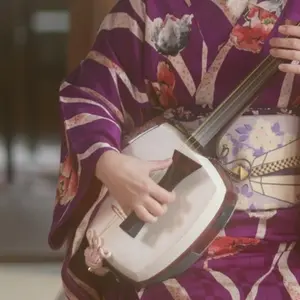
Tsugaru Shamisen
Thick strings and a large plectrum create a powerful, percussive tone—compelling in folk accompaniment or solo on stage.
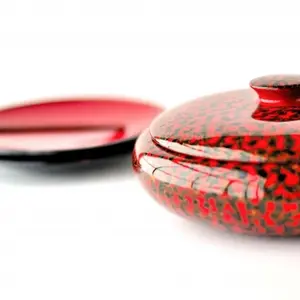
Tsugaru-nuri lacquerware
Multiple lacquer layers polished to reveal patterns. Durable and lustrous—fit for tableware to accessories.

Tsugaru Vidro Glass
Hand-blown softness with layered colors. Pieces capture Aomori’s seasons and make popular travel souvenirs.
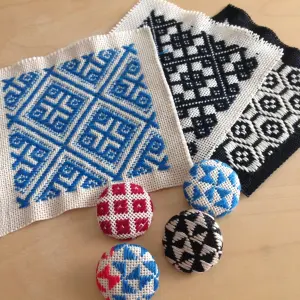
Kogin Zashi
Geometric sashiko on linen from Tsugaru. Born from warmth and reinforcement; now chic in small goods and apparel.
Access to Aomori
From Hokkaidō, the Hokkaidō Shinkansen links Shin-Hakodate-Hokuto and Shin-Aomori; ferries run Hakodate–Aomori and Hakodate–Ōma. From the Kantō region, take the Tōhoku Shinkansen “Hayabusa” to Shin-Aomori or Hachinohe, or fly from Haneda to Aomori or Misawa.
From Kansai, use direct/connecting flights from Itami or Kansai; by rail, go via Tokyo then the Tōhoku Shinkansen. From Kyūshū, flights via Haneda (or Kansai) are standard.
Inside Aomori, Shinkansen hubs at Shin-Aomori and Hachinohe connect to the Ōu Main Line, Aoimori Railway, Tsugaru Line, Hachinohe Line, and the scenic Gono Line, plus highway buses and rental cars. Aomori Airport is the main air gateway, while Aomori and Hachinohe ports serve ferries and logistics.
History of Aomori
Aomori’s past is epitomized by the Sannai-Maruyama site, a vast Jōmon-era settlement with well-preserved pottery and house remains. In 2021 it was inscribed on UNESCO’s World Heritage List as part of the “Jōmon Prehistoric Sites in Northern Japan” (Hokkaidō and Northern Tōhoku). From the medieval period, the east was ruled by the Nanbu clan and the west by the Tsugaru clan; in the Edo period, the castle town around Hirosaki Castle (today’s Hirosaki City) became a cultural center. Sea routes across the Tsugaru Strait and the Kitamaebune trading ships linked Honshū with Ezo (Hokkaidō). In the Meiji era, Aomori modernized as a port, and apple cultivation spread, making it one of Japan’s leading producers. After wartime air raids and the 1954 Tōya Maru ferry disaster, demands for safer crossings grew, culminating in the 1988 opening of the undersea Seikan Tunnel connecting Honshū and Hokkaidō. Today Aomori remains a “northern gateway,” where layers of prehistory and modernity shape everyday life and travel.
About Aomori
Role of Its Cities
Aomori City, the prefectural capital, serves as the administrative and transportation hub, and is widely known as the host city of the Nebuta Festival. Hirosaki is celebrated for Hirosaki Castle and its cherry blossoms, making it an important cultural center. Hachinohe, on the Pacific coast, is one of Tohoku’s leading port cities and supports the region’s fishing and industry. The prefecture is also divided into two traditional cultural areas—Tsugaru in the west and Nanbu in the east—giving its cities a sense of diversity and local identity.
Landmarks
Aomori offers striking attractions across the prefecture. The cherry blossoms at Hirosaki Castle are among Japan’s most beloved springtime sights, while the Nebuta Festival lights up Aomori City every summer with giant illuminated floats. Nature lovers visit Oirase Gorge and Lake Towada for their seasonal beauty, or the Shimokita Peninsula for dramatic coastal scenery like Hotokegaura and the sacred Mount Osore. In winter, Mount Hakkoda draws hikers and skiers, and its “snow monsters” (frost-covered trees) are a highlight.
Culture
Aomori’s culture reflects both the challenges of its northern climate and the creativity of its people. The Nebuta and Neputa festivals, as well as the towering floats of Goshogawara’s Tachineputa, showcase the prefecture’s flair for vibrant celebrations. The Tsugaru shamisen, a powerful style of three-stringed lute music, was born here and is now performed around the world. Aomori is also Japan’s top producer of apples, and its cuisine includes specialties such as kenoshiru vegetable soup, ichigo-ni seafood soup, and abundant fresh seafood from both the Pacific and the Sea of Japan.